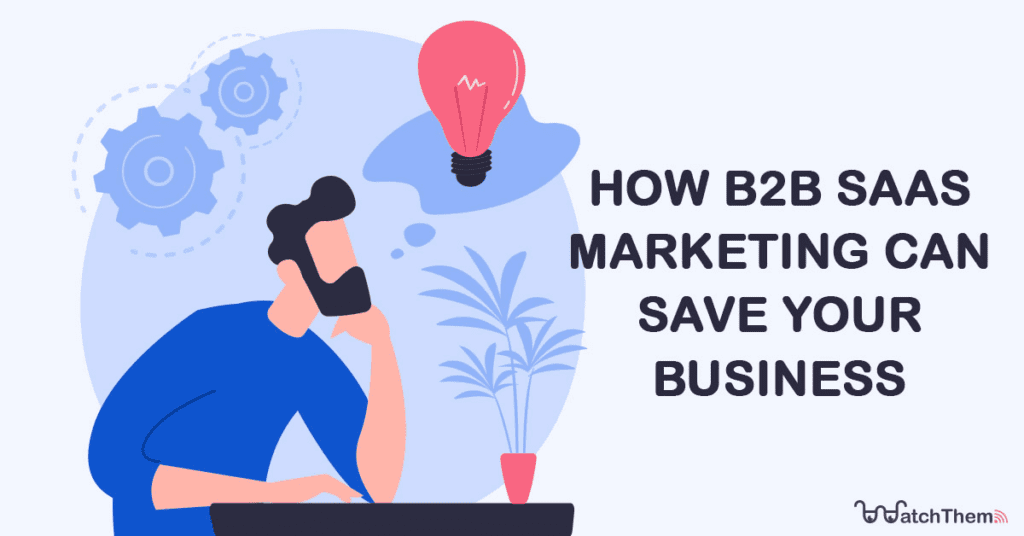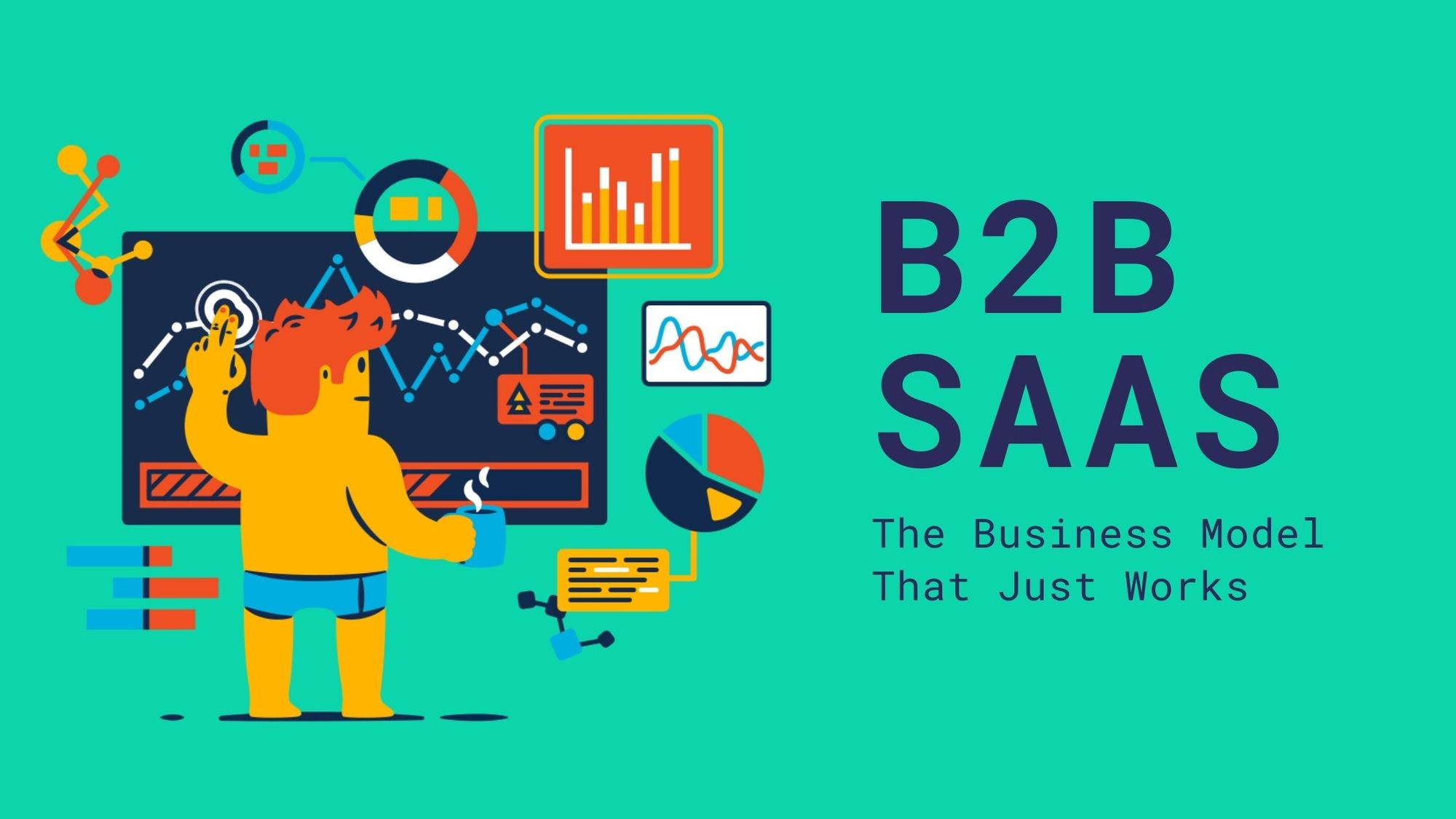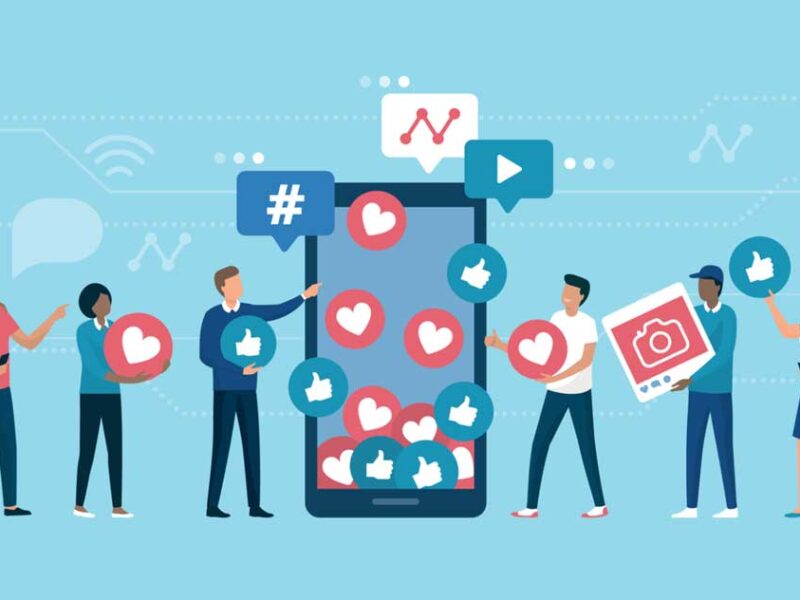B2B SaaS, short for Business to Business Software as a Service, consists of cloud-based software which is used by businesses for a wide range of tasks, right from accounting and customer relationship management to office productivity and many other work-related activities.
While most people already subscribe to B2B SaaS solutions for their companies on a yearly or monthly basis, it is predicted that by the end of 2022, around 78% of companies will run purely on B2B SaaS Solutions. Even with the pandemic, B2B SaaS solutions companies weren’t as affected. This was owed to the fact that the pandemic pushed more and more companies to rely on tools that could automate, manage, as well as run their businesses.
B2B SaaS tools are frequently used by businesses to automate, streamline, and obtain additional functionality, resources, and information. For example:
- A billing program
- Tools for inventory management
- Automatic scheduling and payroll procedures
- Modern analytics programs
- Software for cooperation and project management
B2C SaaS versus B2B SaaS
Before we go any further, let’s understand what exactly B2B SaaS means and how it is different from B2C SaaS. While B2C SaaS goods are marketed to consumers, B2B SaaS products are only sold to companies. A study discovered that B2B SaaS companies see an average turnover rate of 7.05 percent, compared to merely 5 percent for B2C SaaS companies.
You Need a Budget (YNAB)
This widely used resource is intended to assist people in making thorough budgets so they can allocate money to specific expenses and understand exactly where every dollar is going. It is majorly targeted at single customers, which is evident even from the images and taglines on its website.
Traditional marketing versus B2B SaaS marketing
There are several ways that B2B SaaS marketing differs from traditional marketing. This is mainly because you’re targeting a different kind of customer with a different kind of product.
After all, the majority of marketing guidance is restricted to conventional B2C goods, such as gaming keyboards, living room rugs, and bags. It makes it natural that things will be a little different when attempting to sell payroll software to business executives and decision-makers.
In other words, the B2B SaaS market has extremely few impulsive purchases. The buyer’s journey is lengthier and costs the business more money. More marketing, touchpoints, and one-on-one attention will be required during the decision-making process.
Having said that, you’ll probably discover that B2B SaaS retention rates are higher than those of industries if a customer has signed up for your software and is satisfied with the service.
A company won’t want to switch once it has educated every employee to use a certain tool, integrated it with their system, and entered all their data. This is especially true given that the typical buying group for B2B SaaS consists of 6–10 employees, so once they settle on a certain solution, they’re content to stick with it.

How To Do B2B SaaS Marketing?
You’ll need to create a new sales plan to account for the longer purchasing processes and more individualized care that B2B SaaS buyers require. How to build up a B2B SaaS sales model? Let us see!
1. Connect with Your Target Audience For The B2B SaaS Sales Model
To reach high-level decision-makers in your target market, use outbound and inbound marketing strategies like PPC ads and content marketing. Create messaging that emphasizes the issues that your SaaS can address.
2. Create Detailed Product Pages
Ensure that the product pages of your program describe how it functions, how it differs from the competition, and how it can benefit your target market. Includes visual representation of your interfaces like mobile mock-ups or screenshots.
3. Offer a Free Consultation
Encourage customers to contact you for a no-cost consultation, a thorough demo, or to register for a no-risk trial. Offer trials without a credit card if at all possible. As opposed to conversion rates of (.36) percent when credit card information is requested and (.24) percent when a payment is required, this could raise end-to-end conversion rates to 40 percent.
4. Provide an Account Manager
Contact the customer and arrange a phone conversation to address any queries they may have. This can be done by a member of your sales team or a dedicated account manager. Continue your email marketing campaign and give them a first-year discount if they pay in full. The use of autoresponders will be crucial in this situation, but your sales manager should also be checking in before and after the trial is over.
5. Don't Forget the Re-Engagement Campaigns
Don’t throw away a client who converts like a hot potato! Maintain your re-engagement campaigns in follow-up. When new features become available, inform them so they may decide whether to upgrade to a higher-tiered plan or not.
6. Scale with Referral Marketing
Pay close attention to referral marketing scaling. Customers acquired through recommendation marketing often remain clients for a longer period, and studies have revealed that B2B SaaS companies that use referrals have conversion rates that are 70% higher than those of their competitors who do not.
Create a referral marketing program that offers a free month to the referrer and the referee if the new client converts, like this one from FreshBooks, and think about expanding into affiliate marketing.
B2B SaaS KPIs and Metrics to Keep Your Eye On
It’s critical to know which B2B SaaS metrics to pay attention to and which B2B SaaS metrics not to pay attention to because they may both help you optimize your current campaigns and determine where to begin when you decide to launch new ones.
To evaluate your marketing performance and scalability potential, you’ll want to pay attention to the following B2B SaaS KPIs in general:
- Turnover rates: This reveals the proportion of clients who either cancel their subscriptions after the membership cycle or don’t renew them. Depending on your business concept, this could be a month or a year. Churn rates are determined by dividing the total number of customers you acquired over a specific period by the number of customers who left during that same period. The percentage is obtained by multiplying this figure by 100.
- Recurring Monthly Revenue (MRR): This is the total amount of predictable monthly revenue that your company anticipates. It will affect your expenditures and budget, but it also reveals whether your growth is stable or erratic.
- Annual Recurring Revenue (ARR): This informs you of the predictable annual revenue you can anticipate. Evaluating development over a year is tremendously beneficial.
- Customer Lifetime Value (CLTV): Your CLTV informs you of the average value of each customer to you and the expected amount they will spend throughout their association with your company. A customer with a two-year retention rate and a monthly subscription of $50 isn’t just worth $50; their lifetime value is $1,200.
- Cost Acquisition Cost (CAC): You need to know your consumer acquisition costs. This will guarantee that you’re profitable and will enable you to change your campaigns or budget as necessary.
Top 3 B2B SaaS Companies to Draw Inspiration From
Looking for some marketing ideas for your B2B SaaS business? Let’s look at these three outstanding B2B SaaS companies dominating their respective markets.
1. HubSpot
With everything from inbound marketing to sales to analytics, HubSpot is a powerful B2B SaaS platform that can help you increase conversions. In addition to the tool being excellent, their marketing is also spot on.
The core of HubSpot’s marketing approach is to gradually nurture prospective prospects by easing them in. One of the top industry-leading blogs, they excel at content marketing and receive a tonne of inbound traffic. The “ease them in” strategy is highlighted on even their site. They advise people to sign up for a free account and only upgrade when necessary.
2. Semrush
You may perform market research, keyword research, and even assess the caliber of your content marketing with Semrush, an SEO and site monitoring tool and one of the best B2B SaaS tools.
They are on this list because they consistently try to introduce new features. Their new market explorer and their SEO writing assistant, both of which are hugely beneficial to users, have been released in the last two years.
They routinely produce content like blogs, articles, and webinars to teach their subscribers and leads how to make the most of these tools. They have effective landing pages devoted to educating users about these products. It all comes down to consistently providing subscribers with more value and maintaining their engagement.
3. Slack
Slack is now widely known by most firms and the team members who work with B2B SaaS. The business has grown tremendously over the past few years to become the preferred method of communication for all entities, from one-person LLCs to significant businesses.
Similar to HubSpot, Slack offers free options that are available for an extended amount of time. While still making sure to promote aspects of their subscription plans to foster genuine conversions from high-value clients, their website does an amazing job of informing users that the tool is free for limited use.
Conclusion
Remember that your entire marketing funnel and all of its content will be different from that of a company seeking to sell B2C SaaS subscriptions if you’re a B2B SaaS business owner looking to raise subscriptions for your product.
Your ability to shape and optimize your campaigns will be greatly aided by your knowledge of the complicated, protracted buyer’s journey and the KPIs you need to keep an eye on when it comes to B2B SaaS enterprises.




